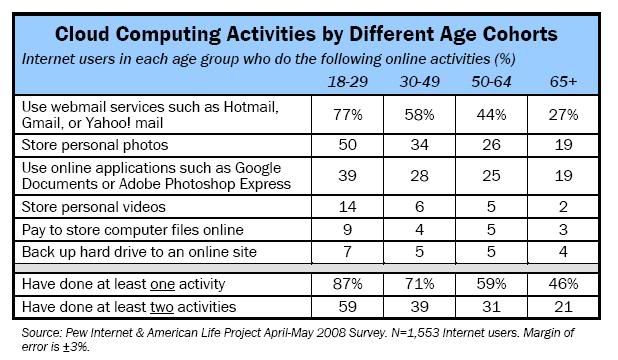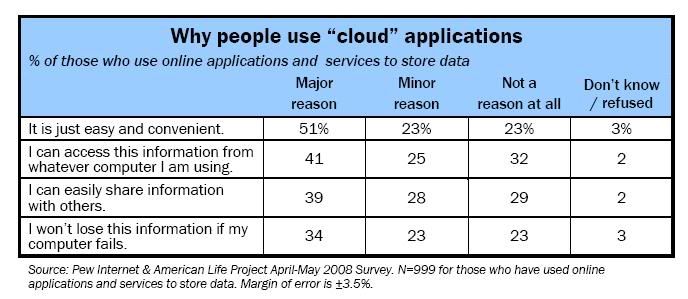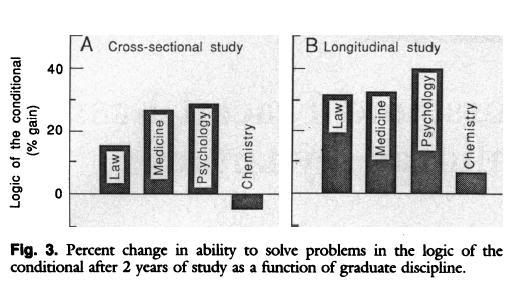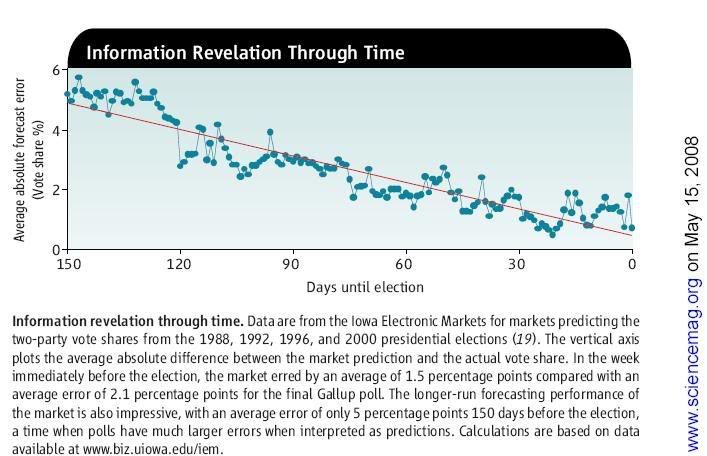Today was the last session of my Spring '08 BUS 74 Principles of Invention class. We focused on the mobile application space, and I will probably write more about it later ( the Yahoo - Microsoft relationship, or the lack of thereof makes this topic very interesting).
In the meantime, I would like to go back to the problem that group 2 brought to the class' attention. The group participants did a great job of finding a good problem and formulating its core dilemma. Unfortunately, we didn't choose it for the problem-solving session, and I felt somewhat bad about leaving a quality problem "hanging" without a solution session. So, while driving back home, I started thinking about the dilemma, exploring it further and identifying ideas for possible solution. Here's what I got.
The problem: Hybrid cars are very quiet, especially, at speeds below 40 mph. This feature is great for reducing city traffic noise, but it creates a hazard for pedestrians, who have hard time hearing approaching "silent" cars. Blind people suffer the most. There are multiple examples of accidents caused by hybrids ( e.g. see
http://wheels.blogs.nytimes.com/2008/04/22/are-hybrids-too-quiet/ )
The problem got so bad that, according to the Associated Press, the Congress is about to introduce
a bill intended to protect blind people and other pedestrians from the dangers posed by quiet cars. Furthermore, the National Highway Traffic Safety Administration is planning a listening session this spring to consider possible solutions to the quiet-car problem and is already working with manufacturers.
One of the ideas is make cars noisier, etc. etc. But if we just make cars noisier we lose the benefit of quiet streets that hybrid cars brought to the cities. A good feature will be lost.
Let's try to analyze the problem and see if we can come up with better ideas. First, lets formulate main useful and harmful functions.
A noisy car is good because its
loud sound alerts pedestrians and other traffic "members" to a moving hazard.
A noisy car is bad because it contributes to city
"noise" pollution.Ideally, our solution would preserve the useful function, while eliminating the harmful one.
Therefore, a first level dilemma would be: the car should be noisy ( to alert pedestrians), and the car should not be noisy ( to prevent noise pollution).
A second level dilemma would be: the car should be loud ( to alert pedestrians); the car should be quiet ( to prevent noise pollution).
A third level dilemma would be: a car should produce a sensory perception in pedestrians and others ( to alert ); the car should not produce a sensory perception ( to not annoy everybody).
There's a forth one, but I will stop here for now.
Let's dig into the first dilemma. What's bad about vehicle noise? Are there cases when such noise is considered to be "good" rather than bad? What is the difference, for example, between a good noise, like loud chirping birds or ambulance signal, and a bad noise, like heavy trucks or airplane engine?
The two most obvious sound characteristics would be magnitude, i.e. the loudness, and its pattern. Some patterns, even when they are relatively loud, are better than others. For example, Harley-Davidson company created and patented a distinct "potato-potato" pattern for its motorcycles. It helped company to sell products and strengthen brand loyalty.
Therefore, following H-D example, we can propose a first-level solution: let's equip silent hybrid cars with a sound source that produces certain, more pleasant, sound patterns. These patterns can be different per brand, model, and etc. Moreover, they can be customized by car owners, dillers, and etc. We can go even further and propose a"ring-tone for cars" business model, and enable people to download and modify their "engine" sound. The magnitude of such sound should be reduced relative to regular cars, but the patterns should be distinct enough to alert pedestrians.
There's probably more to it, but for now I will leave it for others to explore the idea further.
Now, consider the second-level dilemma: car should be loud; car should be quiet.
Let's get back to basics and determine the useful function of a loud car. IMO, it should be to alert pedestrians and others. Ideally, the car should produce the alert without producing any sound. This way we preserve the useful function, while eliminating the harmful one. By separating in space, e.g. spectrum, we get a "loud" signal that lies outside of the audible range.
Of course, pedestrians, e.g. blind people, must have a special device that detects this signal. Or, even better, it should be implemented as a functionality on a common device, e.g. a mobile phone, a portable player, etc. For example, a mobile device detects the "incoming car" signal and produces a "localized" sound, vibration, electric shock ;) and etc. Of course, we don't want to alert everybody in the neighborhood, therefore the car has to produce a signal that is projected into the "hazard" space.
A side thought: this alert system can be used to interact not only with pedestrians, but with other cars as well. For example, on a freeway it can be applied to eliminate the so-called blind spot. One implementation would be to equip all cars with both signal and detection systems. This way drivers can be alerted to various hazardous situations.
By separating in time, we get an alert system that is activated in special circumstances, e.g. poor visibility, pedestrian crossing, intersection, and etc.
By separating in action, we get various types of signals, e.g. ultrasound, modulated, and etc. There's probably more, but it's time to walk the dog. She's been really patient with me today.
To be continued....

















